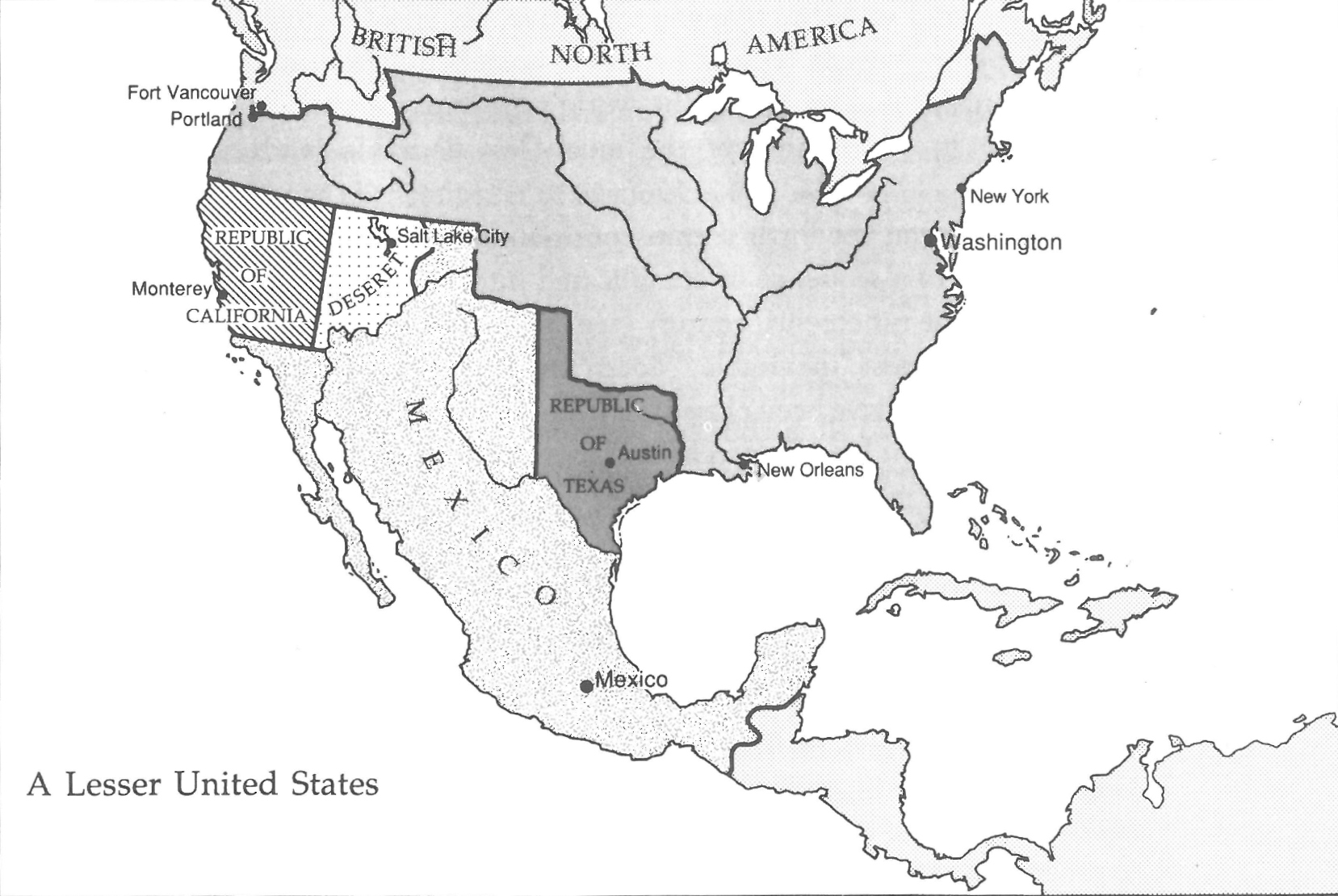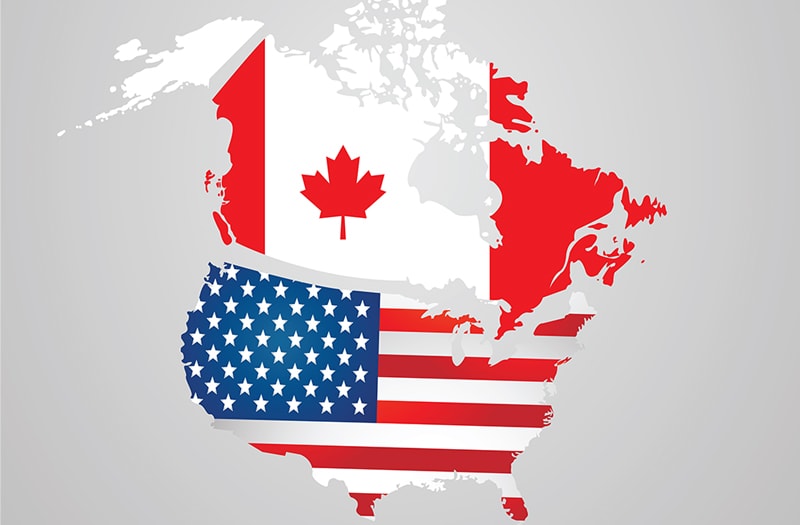A Deep Dive into the USA: Mapping the Nation’s Our bodies of Water
Associated Articles: A Deep Dive into the USA: Mapping the Nation’s Our bodies of Water
Introduction
With nice pleasure, we’ll discover the intriguing subject associated to A Deep Dive into the USA: Mapping the Nation’s Our bodies of Water. Let’s weave attention-grabbing data and provide contemporary views to the readers.
Desk of Content material
A Deep Dive into the USA: Mapping the Nation’s Our bodies of Water

America, a land of huge plains, towering mountains, and sprawling deserts, is equally outlined by its intricate community of our bodies of water. From the mighty Mississippi River to the shimmering shores of the Pacific Ocean, these aquatic options have profoundly formed the nation’s historical past, financial system, and ecology. Understanding the geographical distribution and traits of those water our bodies is essential to comprehending the complexities of the American panorama and its ongoing challenges.
This text will discover the various vary of our bodies of water discovered throughout the USA, using a geographical method to focus on their significance and interconnectedness. We are going to delve into the most important rivers, lakes, oceans, and bays, inspecting their bodily traits, ecological roles, and human influence.
The Nice Lakes: A Freshwater Big
Dominating the northeastern area of the nation, the Nice Lakes – Superior, Michigan, Huron, Erie, and Ontario – represent the biggest freshwater system on Earth by floor space. These interconnected lakes maintain roughly 20% of the world’s floor freshwater, a useful resource of immense ecological and financial significance. Their vastness influences regional climates, supporting distinctive ecosystems and offering essential habitat for quite a few species of fish, birds, and mammals. The lakes have traditionally been important for transportation, commerce, and fishing, shaping the event of cities like Chicago, Detroit, and Cleveland. Nonetheless, points like air pollution, invasive species (like zebra mussels), and local weather change pose important threats to the well being of this invaluable useful resource. Mapping the Nice Lakes reveals their immense scale and the interconnectedness of their watersheds, highlighting the challenges of managing such a big and sophisticated system.
The Mississippi River System: A Lifeline of the Nation
The Mississippi River, together with its tributaries just like the Missouri, Ohio, and Arkansas Rivers, kinds the biggest river system in North America. This huge community stretches throughout the heartland of the USA, draining a large watershed that encompasses a good portion of the nation. The Mississippi River has been a vital artery for transportation, commerce, and settlement because the earliest days of European colonization. Its fertile floodplain has supported agriculture for hundreds of years, contributing considerably to the nation’s meals manufacturing. Nonetheless, the river system additionally faces challenges, together with flooding, erosion, and air pollution from agricultural runoff and industrial waste. Mapping the Mississippi River system reveals its branching complexity, highlighting the interconnectedness of its numerous tributaries and the far-reaching influence of human actions on its ecosystem.
Coastal Waters: A Tapestry of Bays, Estuaries, and Oceans
America boasts intensive coastlines alongside the Atlantic, Pacific, and Gulf of Mexico. These coastal areas are characterised by a various array of water our bodies, together with bays, estuaries, and inlets, every with distinctive ecological traits. Estuaries, the place freshwater rivers meet saltwater oceans, are notably productive ecosystems, supporting a wealthy biodiversity of crops and animals. Coastal bays, comparable to Chesapeake Bay and San Francisco Bay, present important habitats for quite a few species and help important business fishing industries. The oceans themselves, notably the Atlantic and Pacific, signify huge, dynamic ecosystems with immense ecological significance. Mapping these coastal waters reveals the intricate interaction between land and sea, highlighting the vulnerabilities of those ecosystems to coastal improvement, air pollution, and sea-level rise.
Inside Lakes and Rivers: A Numerous Panorama
Past the Nice Lakes and the Mississippi River system, the USA incorporates an enormous array of smaller lakes and rivers, every contributing to the nation’s aquatic range. The Rocky Mountains are house to quite a few alpine lakes, whereas the arid Southwest options rivers and reservoirs essential for water provide and irrigation. These inland water our bodies help distinctive ecosystems and play vital roles in native economies. Mapping these smaller water our bodies reveals the variety of the American panorama and the various methods during which water sources are utilized and managed throughout totally different areas. For instance, the arid west showcases the crucial position of reservoirs in water administration, whereas the japanese states spotlight the significance of smaller rivers and streams for each recreation and ecosystem well being.
Human Influence and Conservation Efforts:
The intricate community of our bodies of water throughout the USA has been profoundly impacted by human actions. Air pollution from industrial discharge, agricultural runoff, and concrete improvement poses important threats to water high quality and aquatic ecosystems. Dam development has altered river flows and impacted downstream ecosystems. Overfishing has depleted fish shares in lots of areas. Local weather change is exacerbating many of those challenges, resulting in sea-level rise, altered precipitation patterns, and elevated frequency of maximum climate occasions.
Nonetheless, important efforts are underway to preserve and shield the nation’s water sources. The Clear Water Act has performed a vital position in enhancing water high quality. Quite a few conservation organizations are working to guard wetlands, restore degraded ecosystems, and promote sustainable water administration practices. The mapping of those conservation efforts, alongside the mapping of air pollution sources and areas of ecological degradation, gives a crucial visible illustration of the challenges and successes in managing the nation’s water sources.
Conclusion:
Mapping the our bodies of water of the USA reveals a posh and dynamic panorama. From the immense Nice Lakes to the intricate community of the Mississippi River system, these aquatic options are integral to the nation’s historical past, financial system, and ecology. Understanding their geographical distribution, ecological significance, and the challenges they face is essential for guaranteeing the sustainable administration of those invaluable sources for future generations. The continued efforts in conservation and sustainable water administration, coupled with superior mapping applied sciences, provide hope for a future the place the nation’s wealthy aquatic heritage is preserved and guarded. Continued analysis, monitoring, and collaboration are important to navigate the advanced interaction between human actions and the well being of those important water our bodies. A complete and repeatedly up to date map, incorporating each bodily traits and human influence knowledge, can be a useful instrument for informing coverage choices and guaranteeing the long-term sustainability of the USA’ aquatic sources.








Closure
Thus, we hope this text has supplied useful insights into A Deep Dive into the USA: Mapping the Nation’s Our bodies of Water. We hope you discover this text informative and useful. See you in our subsequent article!